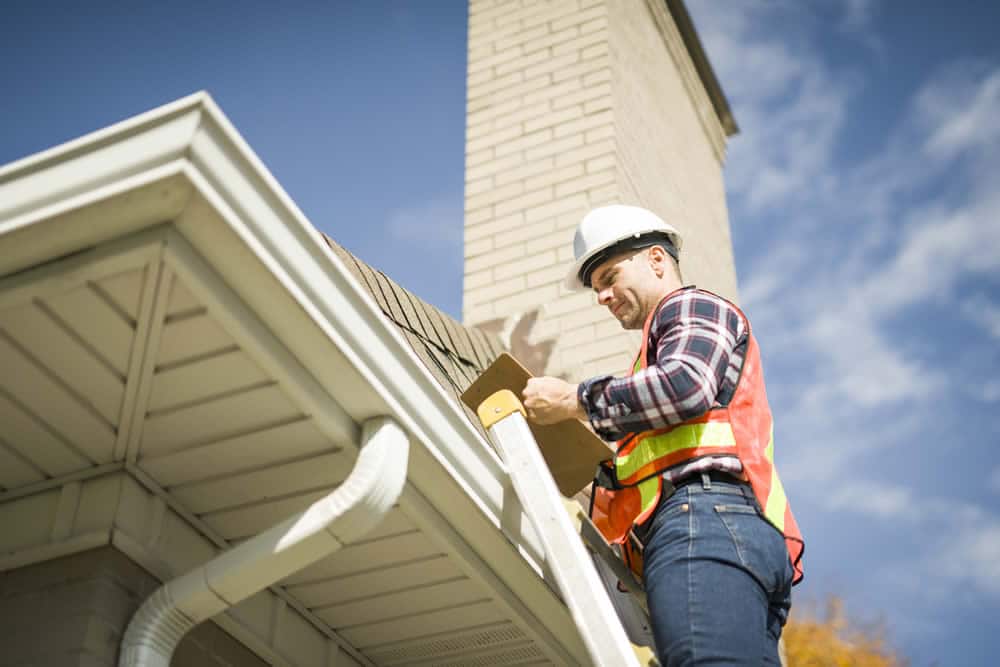Understanding Wind and Hail Damage
When severe weather strikes, homeowners often face roof damage caused by wind or hail. While both can be destructive, insurance companies and adjusters assess them differently. Understanding these differences can help homeowners navigate the claims process more effectively.
What Is Wind Damage?
Wind damage occurs when strong gusts lift, tear, or displace roofing materials. Common signs include:
– Missing or lifted shingles
– Exposed underlayment or decking
– Bent or damaged flashing
– Debris impact marks
Wind damage is often localized, meaning it may affect one section of the roof more than others.
What Is Hail Damage?
Hail damage results from ice pellets striking the roof, causing dents, cracks, or granule loss. Key indicators include:
– Circular dents on shingles or metal roofing
– Bruising or soft spots on asphalt shingles
– Cracked or shattered tiles
– Granule accumulation in gutters
Unlike wind damage, hail damage is usually widespread across the roof.
How Insurance Adjusters Evaluate Roof Claims
Insurance adjusters play a critical role in determining the validity and payout of a roof damage claim. Their job involves inspecting the damage, documenting findings, and estimating repair costs.
The Adjuster’s Role in the Claims Process
1. Initial Inspection – The adjuster visits the property to assess the damage firsthand.
2. Documentation – They take photos, videos, and notes to support their findings.
3. Damage Verification – The adjuster determines whether the damage matches the reported cause (wind or hail).
4. Estimate Preparation – Using industry software, they calculate repair or replacement costs.
5. Claim Approval or Denial – Based on policy terms, the adjuster approves, denies, or negotiates the claim.
Tools Adjusters Use
– Ladders and Drones – For accessing and inspecting roofs safely.
– Moisture Meters – To detect water intrusion from damaged areas.
– Hail Gauges – For measuring hailstone size and impact severity.
– Roof Measurement Software – Tools like Xactimate or Symbility provide precise roof measurements and diagrams.
The Importance of Roof Measurement Reports
Roof measurement reports are essential for accurate claim assessments. These reports provide:
Key Details in a Roof Measurement Report
– Roof Dimensions – Exact square footage and slope.
– Material Quantities – Shingle, underlayment, and flashing requirements.
– Damage Mapping – Visual overlays showing affected areas.
How Reports Assist Adjusters
– Precision – Eliminates guesswork in estimating material costs.
– Efficiency – Speeds up the claims process by providing instant data.
– Fair Settlements – Ensures homeowners receive appropriate compensation.
Average Costs of Wind and Hail Damage
The cost of roof repairs varies based on damage severity, roof type, and location.
Wind Damage Repair Costs
– Minor Repairs – $300–$1,000 (replacing a few shingles).
– Moderate Damage – $1,000–$5,000 (partial roof section replacement).
– Severe Damage – $5,000–$15,000+ (full roof replacement).
Hail Damage Repair Costs
– Cosmetic Damage – $500–$2,500 (granule loss, minor dents).
– Functional Damage – $3,000–$10,000 (shingle replacement, decking repairs).
– Total Roof Replacement – $10,000–$25,000+ (extensive hail impact).
How Insurance Companies View Wind vs. Hail Claims
Insurance policies often treat wind and hail damage differently.
Wind Damage Claims
– Coverage – Typically included in standard policies but may require separate deductibles in high-wind regions.
– Challenges – Adjusters must prove damage was caused by wind and not wear and tear.
Hail Damage Claims
– Coverage – Generally covered, but some policies have hail exclusions or higher deductibles.
– Challenges – Adjusters look for functional damage (not just cosmetic) to approve full replacements.
Tips for Homeowners Filing Roof Damage Claims
1. Document Everything – Take photos before and after repairs.
2. Get a Professional Inspection – Hire a roofer to assess damage before the adjuster arrives.
3. Review Your Policy – Understand deductibles and coverage limits.
4. Keep Records – Save receipts for temporary repairs.
Conclusion
Wind and hail damage require different approaches in insurance claims. Adjusters rely on inspections, measurement reports, and industry tools to determine fair payouts. By understanding the process, homeowners can better advocate for their claims and ensure their roofs are restored properly.
Would you like any additional details on specific aspects of the claims process?


